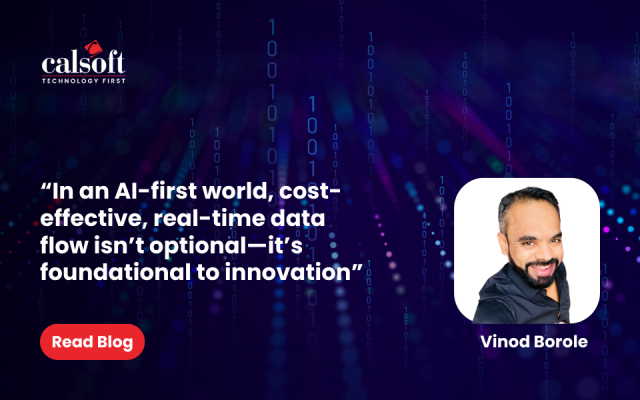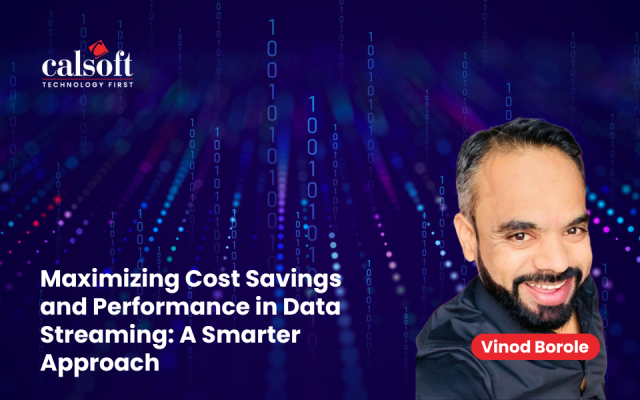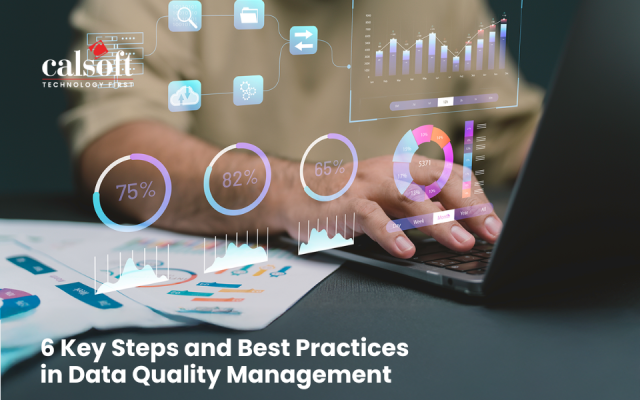In the years to come, companies are going to face issues with handling humongous data as a study conducted by EMC states that the digital universe is growing 40% a year into the next decade. This raises a very vital and thought provoking question. What should we do with all this data? Until now the various stakeholders of data management have handled such data by purchasing new storage systems. Such an extension of the hardware can be expensive, ineffective and a complex architecture that would tend to create bottlenecks which would slow the system.
The solution
SDS looks like a promising solution to this problem of rising data. The management of the entire storage environment is based on a single software platform. It is not restricted by likes of controllers and is sans hardware restraints. This concept makes it possible to have a combination of hardware and software from various manufacturers operating together resulting in an improved and enhanced performance. In any SDS system the appropriate SDS software is installed and set up on the server and/or client computers in use. This software provides all the necessary functions to connect over a network with every connected storage media. Ultimately, in this composite every SDS server can communicate with each Storage and change data. With the possible SDS configurations there are almost no limits imaginable and system admins can configure free space within minutes and distribute storage utilization across multiple disks and storage platforms.
The advantages of software-based storages are obvious:
The possibility of better connectivity of existing hardware and a joint management of the connected storages system reduced costs and improved performance.
It’s no wonder that Software Defined Everything (SDx) is becoming the latest trend. The entire IT hardware can be managed and controlled by software.
Costly, proprietary, hardware-based solutions with manufacturer-dependent controllers, switches, memories or even CPUs may be a thing of the past.
Conclusion:
Software Defined Storage is the logical evolution of storage systems and one thing is already certain: Their use will increase in the future. Without SDS even more sophisticated and modern concepts such as Hyper Converted Storages or even dynamic tiering of storages cannot work. Thus it is no wonder that, according to the IDC white paper from November 2014,”Software Defined storage – IT infrastructure for the next-generation company“, 16 percent of all surveyed companies have already invested in software-defined storage technologies and another 35 percent evaluate the future use.
Nevertheless, one must be clear about the fact that in these complex storage systems, the requirements for the IT administration significantly increases with regard to the data and system security. Sophisticated data recovery and disaster recovery strategies and regular backups are a must here. If despite all the preparation is a failure to mourn loss of data should, however, be better contact because of the complexity of the data structures to a data recovery service provider who can demonstrate systems having sufficient expertise in the recovery of SDS.
To know more email: marketing@calsoftinc.com






